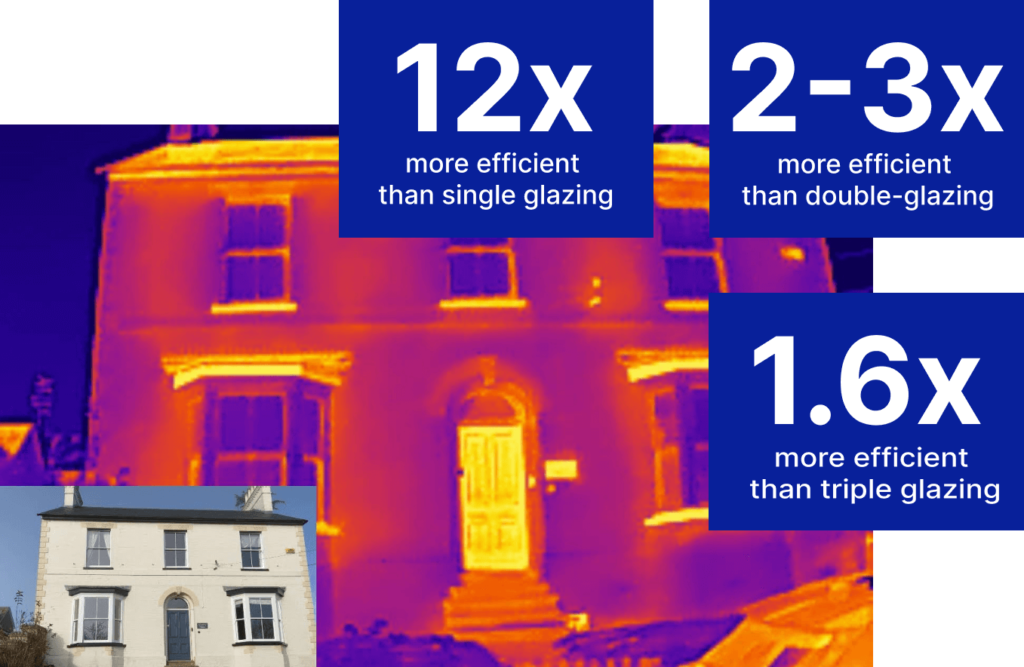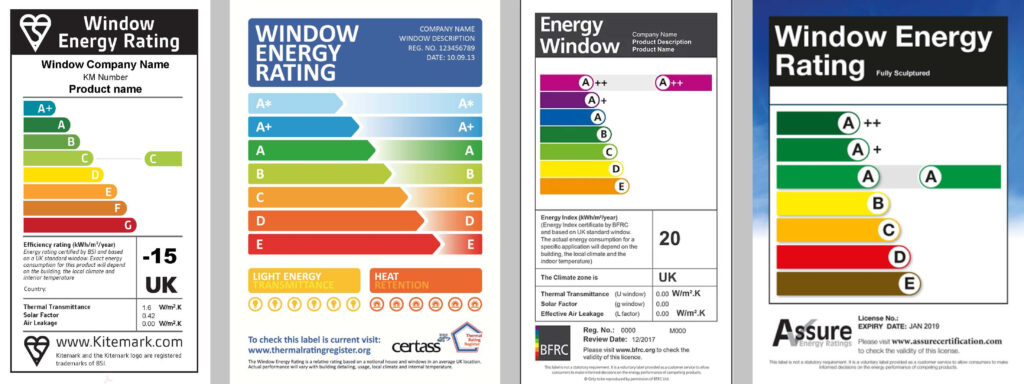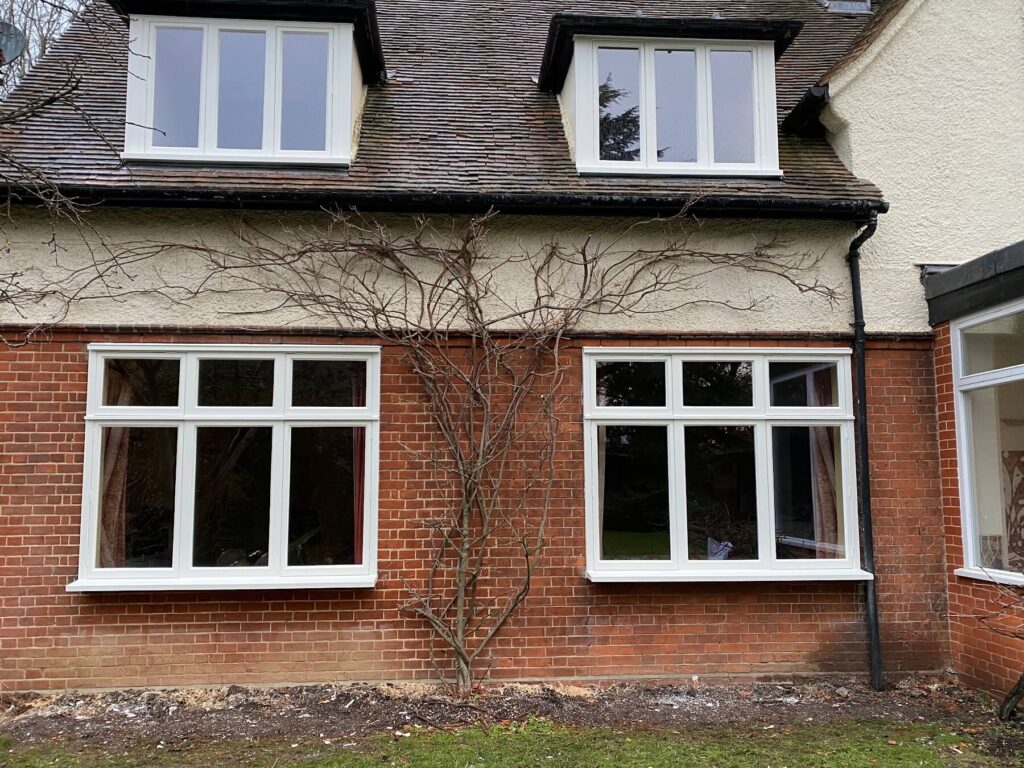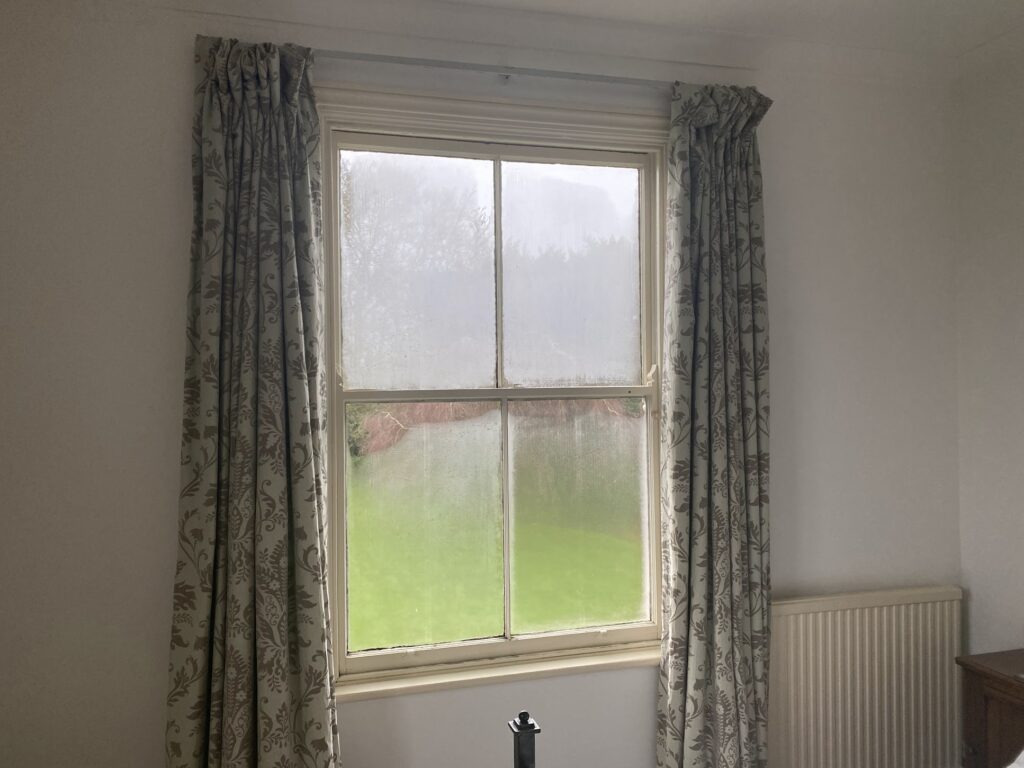
In this article, we’ll delve into alternatives to double-glazing and share our thoughts on the best substitute.
Double glazing is not always an option if you live in a period property due to conservation restrictions.
If this is your case, you might be wondering what the best double-glazing alternative is that will offer you the same level of comfort and energy efficiency.
There are several reasons why homeowners may need an alternative to double-glazed windows
- Grade 2 listed buildings and properties in conservation areas often require approval to install new double-glazed windows. Planning applications are frequently rejected in these cases. As a result, homeowners need to find alternative solutions that provide adequate insulation without altering the building’s original features.
- Some homeowners wish to preserve as much of a property’s original character as possible. Even if allowed, double glazing may alter a building’s aesthetic. Alternative options can provide energy efficiency while maintaining architectural integrity.
- High-quality timber windows with energy-efficient low-e double glazing can be extremely expensive.
What criteria must be met to consider the option to be an alternative to double glazing?
Before comparing and discussing potential double-glazing alternatives, it is important to establish criteria that qualify an option as a viable substitute. Listing these standards beforehand will ensure an honest assessment and prevent misleading claims.
For example, some articles may promote window films as double-glazing alternatives even though they provide negligible insulation improvements. Including these in comparisons wastes readers’ time.
Therefore, let’s first define the key performance areas an option must satisfy to be considered a legitimate double-glazing alternative rather than a superficial stand-in.
This will allow us to evaluate substitutions accurately on their ability to match the core thermal efficiencies and moisture control that make double glazing an effective solution in the first place.
By outlining objective qualifying criteria upfront, we can have transparent discussions and make fair apple-to-apple performance assessments when examining double-glazing alternatives.
Here are some suggested criteria an alternative to double glazing should meet:
- Improve thermal efficiency and insulation: An alternative should significantly reduce heat loss during cold weather and heat gain in warm weather to provide comparable insulation to double glazing. Measurable U-values close to or below double-glazed units should be demonstrated.
- Control condensation: An effective alternative should reduce interior condensation and moisture similar to double glazing. Proper management of water vapour to minimize mould/mildew risks.
- Soundproofing abilities: Options should prove they lessen exterior noise pollution entering interior spaces to a satisfactory level since soundproofing is another key double-glazing benefit. Testing data in decibels reduction expected.
- Lifespan durability: Alternatives should have durable installations tested to match the long usable lifespans of double-glazed sealed units.
To be even more specific, here are the minimum technical requirements for glazing alternatives:
- U-Value of 1.4 W/m2K or less – This threshold reflects effective insulation that reduces heat transfer and is comparable to high-performance double-glazing U-values. Standards below 1.2 W/m2K are preferred.
- Sound insulation of 32 dB or more – A minimum sound reduction of 29 decibels models the basic soundproofing abilities of double-glazed window assemblies that lessen exterior noise infiltration into interior living spaces.
Double-glazing alternative based on minimum technical requirements
Reglazing existing windows with vacuum-insulated glazing or adding secondary glazing are two practical alternatives to installing new double-glazed windows.

These options meet the minimum technical requirements we previously outlined.
| Satisfy minimum technical requirements. | Does not satisfy minimum technical requirements | |
| Reglazing existing windows with vacuum-insulated glazing | ✅ | |
| Secondary glazing | ✅ | |
| Energy-efficient window films | ❎ | |
| Indoor insulating window shutters | ❎ | |
| High-performance drapes and curtains | ❎ |
Glazing retrofitting is the best double glazing alternative
Reglazing windows with VIG (Vacuum Insulated Glass) is an excellent alternative to installing new double-glazed windows and is becoming a primary option over secondary glazing.

Here’s a brief overview of the benefits Reglazing offers to homeowners seeking a glazing alternative:
- VIG (Vacuum Insulated Glass) boasts a central pane U-Value of 0.4, improving the overall window’s thermal performance to between 0.9 – 1.0 W/m²K. This significantly surpasses the efficiency of standard new double-glazed or even triple-glazed windows.
- Sound insulation for windows reglazed with VIG glass, along with new draught-proofing seals, reaches 36 dB.
- Manufacturers guarantee the durability of VIG glazing for at least 15 years, with an expected lifespan exceeding 25 years. We provide an eight-year guarantee on paintwork for installations involving VIG glazing and a 20-year guarantee on wooden frames, especially those repaired or constructed with Accoya/Trocoya wood.
- Our reglazing services are highly likely to receive approval for properties with listed status.
- Unlike secondary glazing, the reglazing process involves refurbishing frames and sashes, offering savings on future window maintenance.
- Competitive pricing: £1500 per average sash window for reglazing and refurbishment.

Read more articles

Window Energy Ratings – UK Guide
Window Energy Ratings – UK Guide
A Rated Windows Explained
A Rated Windows Explained
Types of window glass
Types of window glass